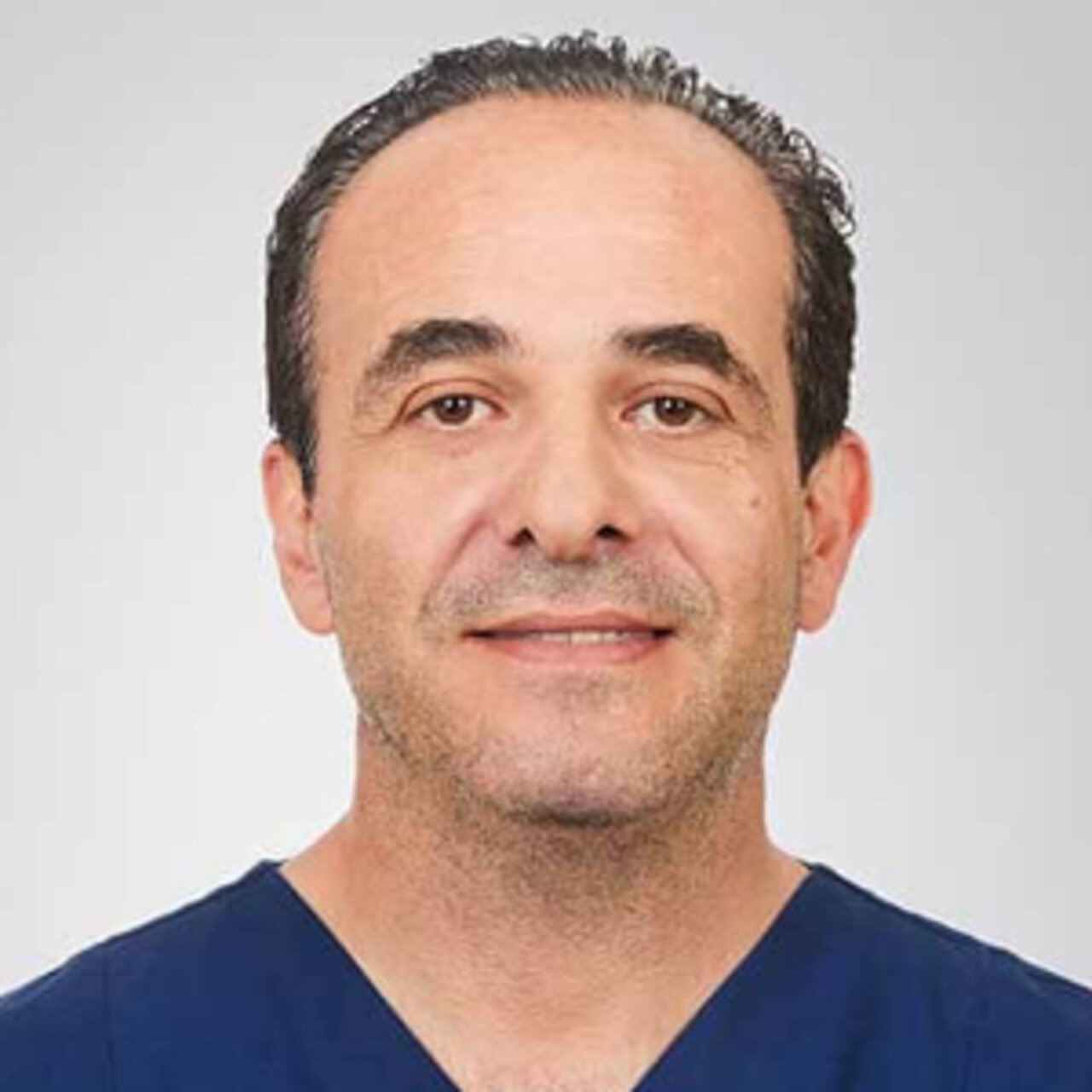Specialists in Ovarian Cysts
6 Specialists found
Information About the Field of Ovarian Cysts
What Is an Ovarian Cyst?
Cysts are cavities in the tissue lined by a membrane. They can appear in many body parts due to various causes and can be filled with different substances. There are also several reasons for the occurrence of a cyst on the ovary.
Causes: How Does a Cyst on the Ovary Develop?
Most often, cysts on the ovary occur in the context of hormonal fluctuations. Hormonal imbalances or hormonal drug therapies can aggravate this.
However, some ovarian cysts are also caused by independent medical conditions.
How Is an Ovarian Cyst Diagnosed?
Ovarian cysts are best detected by vaginal ultrasound. This often happens as an incidental finding at the gynecologist's office without the patient noticing any discomfort from the cyst. The ultrasound can also be used to determine the size of the cyst. In some cases, particularly large cysts, it can also be palpated during a gynecological examination. Symptoms may include menstrual disorders or pain.
What Are the Different Types of Ovarian Cysts?
So-called follicular cysts occur most frequently. Follicles contain the oocytes. If a follicle does not ovulate, it can visibly fill with fluid, resulting in the formation of a cyst. In most cases, such cysts regress spontaneously.
After ovulation, a corpus luteum cyst can form from the remains of the follicle. The corpus luteum also develops during a woman's normal cycle and produces progesterone, a hormone that ensures the maintenance of pregnancy if one has occurred. Bleeding into the corpus luteum can cause the formation of a cyst, which may disappear on its own.
Coagulation cysts are cysts caused by endometriosis. This is scattered uterine tissue, which is part of menstruation. If such tissue is located on the ovary, the accumulation of blood may result in a cyst filled with a thick brownish mass.
Polycystic ovaries occur as an independent disease. However, many small cysts, like strings of pearls, can be seen in the ultrasound image. This is because a hormonal disorder prevents ovulation, and therefore, the follicles accumulate in the ovary.
When Is Surgery Necessary for Ovarian Cysts?
Since most cysts recede, it is often possible to wait. After 6-8 weeks, an ultrasound is used to check this.
If there are problems with recurring cysts, ovulation inhibitors, such as the birth control pill, can be prescribed. Since they prevent ovulation, the development of cycle-related cysts is also prevented.
However, surgery should be performed in case of very large cysts that do not regress and acute complications.
Is Pregnancy Possible Despite an Ovarian Cyst?
In most cases, this is possible without any problems, but it depends on the type of cyst and the reason for its development. Diseases such as endometriosis or polycystic ovary syndrome can partially reduce the probability of getting pregnant. Before a planned pregnancy or infertility treatment, it makes sense to have existing cysts clarified by a doctor.
The Procedure of Ovarian Cyst Surgery
The procedure is typically performed laparoscopically, i.e., via laparoscopy under general anesthesia, and usually takes 45 minutes.
The patient must be fasting, anesthetized, and has a tube inserted into the trachea and a bladder catheter into the urethra removed before she awakens.
Gas is induced into the abdomen through an incision in the navel, and a camera is positioned. Next, surgical instruments are inserted into the abdominal cavity through two small incisions in the pubic region. The cyst is separated and removed from the body in an extraction bag. The gas can then be drained, and the incisions sutured.
Risks and Aftercare
Complications, especially large cysts, can include bursting, which is mostly harmless, but can be accompanied by sudden pain and circulatory problems.
In addition, the centrifugal force of the fluid-filled cyst can cause the ovary to rotate on its own axis during fitful movements, thereby cutting off its blood supply. This is a painful emergency that must be treated immediately.
Follow-up care depends on the type and progression of cyst occurrence.
Sources:
- Amboss, Nachschlagewerk für Mediziner
- https://amboss.miamed.de/library#xid=aO0QIT&anker=Z019192b1ad605af964a66f671ab42b11
- flexikon.doccheck.com/de/Ovarialzyste
- www.operation.de/operation-eierstockzysten-ovarialzysten/





